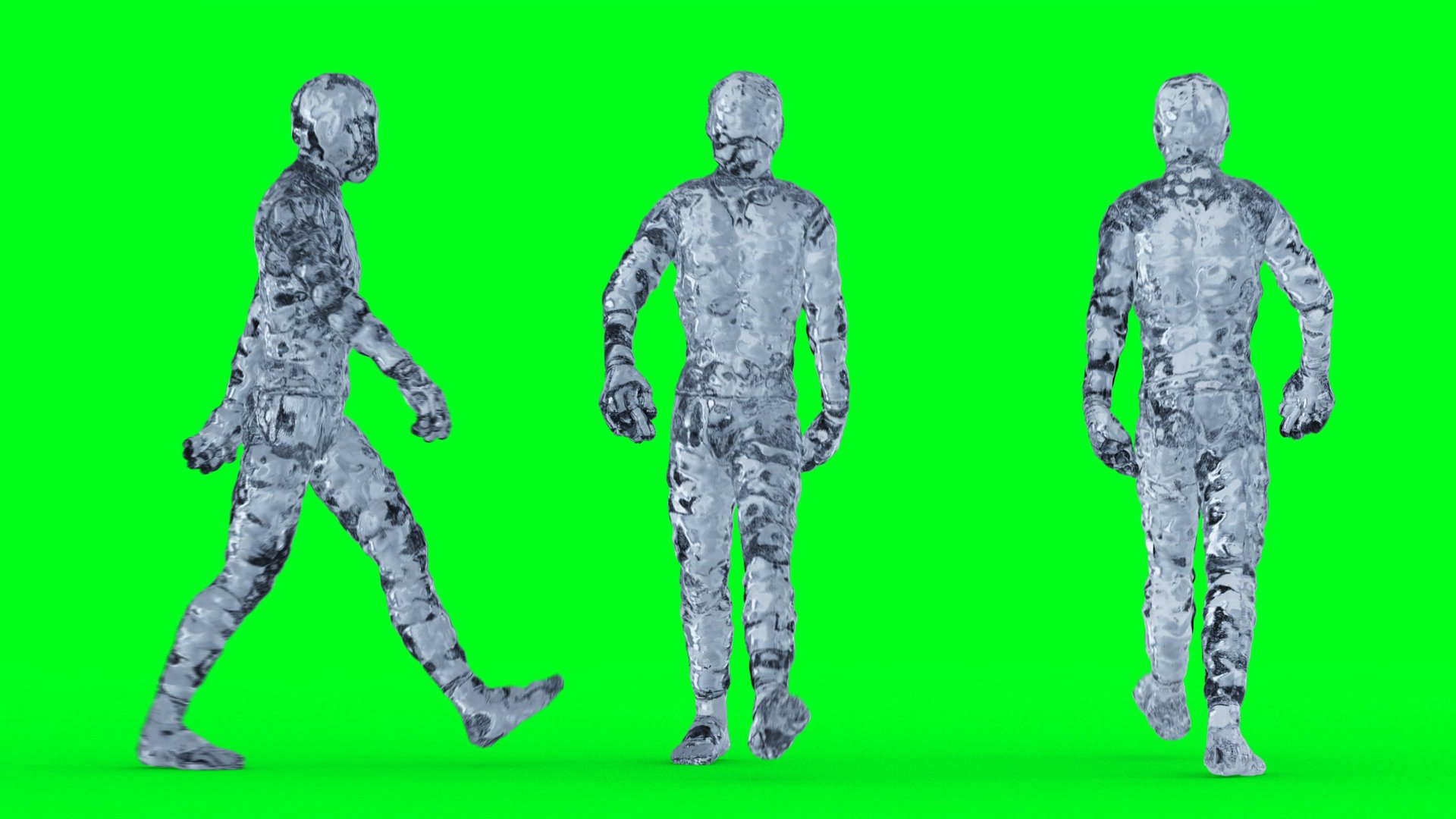The green screen is filmmaking history — but might not be its future
The visual effects star is older than you think, and newer technology might be knocking it out of the limelight

Where would Superman be without the red flutter of his cape, the yellow light of Earth’s sun—and the green screen behind him? The green screen never makes it into the movies, of course; it’s replaced by a sky full of stars, or the skyline of Metropolis. For more than a century, filmmakers have been using the “green screen” technique—or, to be precise, chroma key compositing—to allow us to believe that their actors are doing the impossible. That they’re soaring above the Earth, or investigating a crime in Toontown, or assembling the Avengers, or encountering a T. rex.
Suggested Reading
In fact, green-screen filmmaking is so easy—and, studio execs will admit thankfully, so cheap—that it’s even used for less fantastic scenes. Men getting out of a car near a motel in David Fincher’s series Mindhunter? Green screen: there was no motel, just a sign on a studio set in front of a big ol’ screen of green. Man explaining the cold front on the nightly news? Green screen. It’s gotten to the point where not using green screens, as in the recently released (and box office smash) Top Gun: Maverick, is a matter of sweaty, hard-working pride.
Related Content
The past, present, and future of the green screen
We may associate it with modern moviemaking, but the green screen is the granddaddy of all special effects. The fundamental premise of smuggling one image into the background of another that was one of cinema’s earliest tricks. In 1903, while making The Great Train Robbery, Edwin S. Porter shot the interior of a railway station on a set, with a big black rectangle standing in for a window. Then he filled just that rectangle (using a technique called “double exposure”) with footage of a train steaming in. The big block of color—black for Porter, then blue and green through subsequent decades of cinema—is a guide for filmmakers, telling them where the new images need to go.
The choices of these colors had to do with how unnatural they are. The Incredible Hulk aside, human skin doesn’t come in these shades. So when editors switch out all the chroma-key blue or green in a frame and add their interpolated images, the transition is smooth.
Even this reliable staple of cinema is a little bit of a dinosaur. When Industrial Light and Magic worked on the hit Disney+ show The Mandalorian, technicians used big LED walls as on-set backdrops for their actors. These non-reflective LED screens displayed a video feed of the background required in a scene—stock footage of an atmospheric mountain range, say, or even the computer-generated office of The Client, played by Werner Herzog. The screens occupied the inner walls and roof of a cylindrical chamber 75 feet in diameter and 21 feet high, wrapping around the actors within. An actor can now see his onscreen nemesis and the surroundings in which they’re fighting, rather than having to play out an imaginary battle against a sterile green screen.
This is all expensive to do, and the LED chamber won’t replace chroma key filmmaking in every movie immediately. But Richard Bluff, who supervised the visual effects on The Mandalorian, thinks it’ll happen eventually. “We are getting to the point where the amount of green screen that’s being used is massively reduced,” he said in an interview. “And the sky’s the limit right now.”
